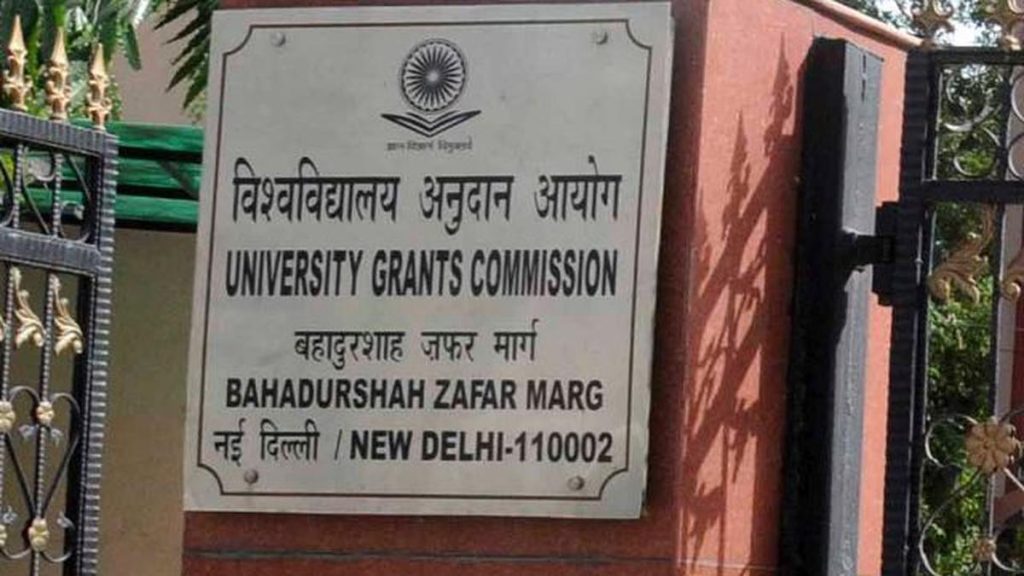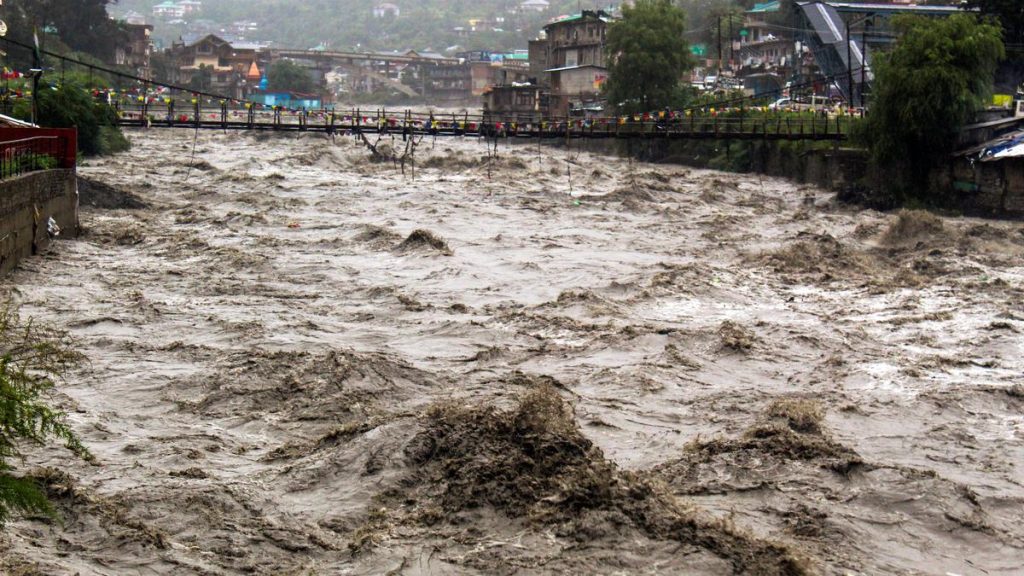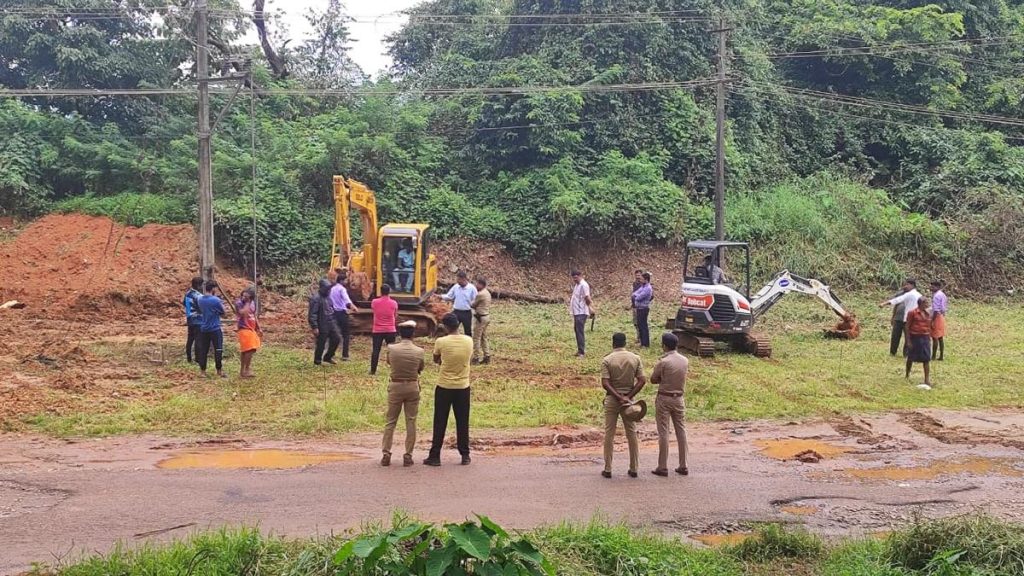Now Reading: Andhra Pradesh Streamlines Water Supply to Aid Drought-Hit Rayalaseema
-
01
Andhra Pradesh Streamlines Water Supply to Aid Drought-Hit Rayalaseema
Andhra Pradesh Streamlines Water Supply to Aid Drought-Hit Rayalaseema
Quick Summary:
- Strategic Water Management Plan: Andhra Pradesh’s Water Resources Department (WRD),following CM Chandrababu Naidu’s directives,introduced a strategic plan for optimizing water usage.
- Key Outcomes:
– Enhanced water storages in reservoirs and systematic distribution to tanks and agricultural fields.
– Diversion of floodwaters to the drought-prone Rayalaseema region, improving irrigation.
– Improved water efficiency in Krishna and Godavari deltas: farmers used 52 tmcft of Krishna delta water (12 tmcft more than last year) and 70 tmcft for irrigation in Godavari delta.
- Rayalaseema Irrigation: 150 tmcft diverted via crucial canals like pothireddypadu, Handri-Neeva, and Nagarjuna Sagar-irrigating approximately one lakh acres.Widening efforts ensured Krishna river waters reached tail-end regions of Chittoor district through the Kuppam branch canal.
- Reservoir Storage Update: Cumulative state reservoir storage stands at 650 tmcft as of August 24. key reservoirs include Veligodu (15 tmcft), Somasila (56 tmcft), Kandaleru (31 tmcft), and Vamsadhara basin (8 tmcft).
- Despite improvements, meaningful floodwaters flow into the sea-1,969 tmcft overall from Godavari (1,483) and Krishna rivers (468).
Indian Opinion Analysis:
Andhra Pradesh’s proactive water management approach reflects its focus on addressing disparities in resource access between drought-prone regions like Rayalaseema and agriculture-heavy areas such as the Krishna and Godavari deltas. The diversion of ample volumes to Rayalaseema is notably an achievement toward long-term sustainability-possibly reducing regional distress caused by chronic droughts while expanding irrigated acreage.
However,WRD’s effectiveness also highlights opportunities for further improvement; with almost two-thirds (~65%) of available floodwater still flowing into the sea unused despite considerable effort taken thus far.This loss points to possible gaps requiring infrastructural upgrades or innovative technologies to maximize potential retention or redistribution during peak rainfall periods.
Efficient management of interstate rivers such as Godavari remains crucial not only for Andhra Pradesh but also broader regional stability amidst increasing climatic variability. Continued focus on both equitable distribution within its borders while minimizing excess runoff will likely aid rural economic stability linked closely with agricultural productivity across vulnerable areas.























